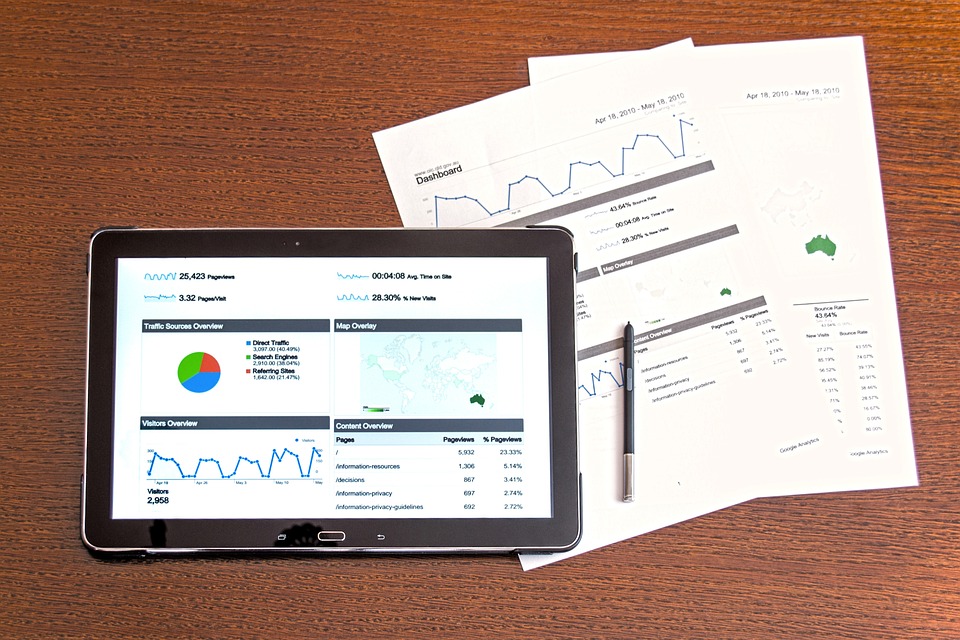Introduction
The design of a website plays a crucial role in attracting and engaging visitors. A well-designed website layout can significantly impact user experience and contribute to the success of a business. In this article, we will discuss ten essential principles for effective website layout design that will help you create a visually appealing, user-friendly, and engaging website.
1. Simplicity is Key
One of the most important principles for website layout design is simplicity. A cluttered and complex layout can confuse visitors and make it difficult for them to find the information they are looking for. Keep your design clean, minimalistic, and easy to navigate. Use ample white space to create a sense of balance and visual hierarchy.
2. Clear and Consistent Navigation
Navigation is a crucial element of any website layout. Visitors should be able to navigate through your website effortlessly and find the information they need quickly. Use clear and intuitive navigation menus, place them in a prominent location, and ensure consistency throughout the site. This will help users feel more comfortable and confident while exploring your website.
3. Mobile Responsiveness
With the increasing use of mobile devices, it is essential to design websites that are responsive and adapt to different screen sizes. A responsive website layout ensures that your content is accessible and legible on all devices, providing a seamless experience to users. Implementing a mobile-first design approach will help you prioritize mobile users and optimize their browsing experience.
4. Readability and Typography
The readability of your website’s content is crucial for user engagement. Choose fonts that are easy to read and ensure an adequate font size to enhance legibility. Consistency in typography throughout the website creates a cohesive and professional look. Paragraph spacing and line height should be carefully considered to improve the overall reading experience.
5. Visual Hierarchy
Creating a clear visual hierarchy is essential for effective website layout design. It helps guide users’ attention and emphasizes important elements. Use size, color, contrast, and positioning to establish a clear hierarchy of information. Important elements such as headlines, call-to-action buttons, and key messages should be prominent and easily noticeable.
6. Consistent Branding
Your website should reflect your brand identity and maintain consistency with your overall branding strategy. Use your brand colors, logo, and typography consistently throughout the website to reinforce your brand image. Consistent branding builds trust and familiarity with your audience and helps create a memorable user experience.
7. Strategic Use of Colors
Colors have a significant impact on the overall feel and mood of a website. Choose a color scheme that aligns with your brand and evokes the desired emotions. Use colors strategically to highlight important elements, create contrast, and guide users’ attention. A well-thought-out color palette enhances visual appeal and improves user engagement.
8. Fast Loading Speed
In today’s fast-paced digital world, users have little patience for slow-loading websites. Optimize your website’s loading speed by compressing images, minifying CSS and JavaScript files, and utilizing caching techniques. A fast-loading website not only improves user experience but also boosts search engine rankings, leading to increased traffic and conversions.
9. Consistent Content Layout
Consistency in content layout helps users navigate through your website effortlessly. Use a consistent grid system, align elements properly, and maintain a uniform visual structure across different pages. Consistency makes it easier for users to understand and interact with your website, reducing cognitive load and enhancing overall user experience.
10. User Testing and Iteration
Lastly, the most effective website layouts are continuously improved through user testing and iteration. Collect feedback from users, analyze their behavior, and make necessary adjustments to enhance usability and address any issues. Regularly revisit your website’s layout to ensure it remains relevant, user-friendly, and aligned with your business goals.
Conclusion
An effective website layout design is a combination of simplicity, clear navigation, mobile responsiveness, readability, visual hierarchy, branding consistency, strategic use of colors, fast loading speed, consistent content layout, and user testing. By implementing these ten essential principles, you can create a captivating website that engages users, improves conversions, and contributes to the success of your business. Remember, a great website layout is a continuous process of improvement, so always be open to feedback and adapt as needed.





